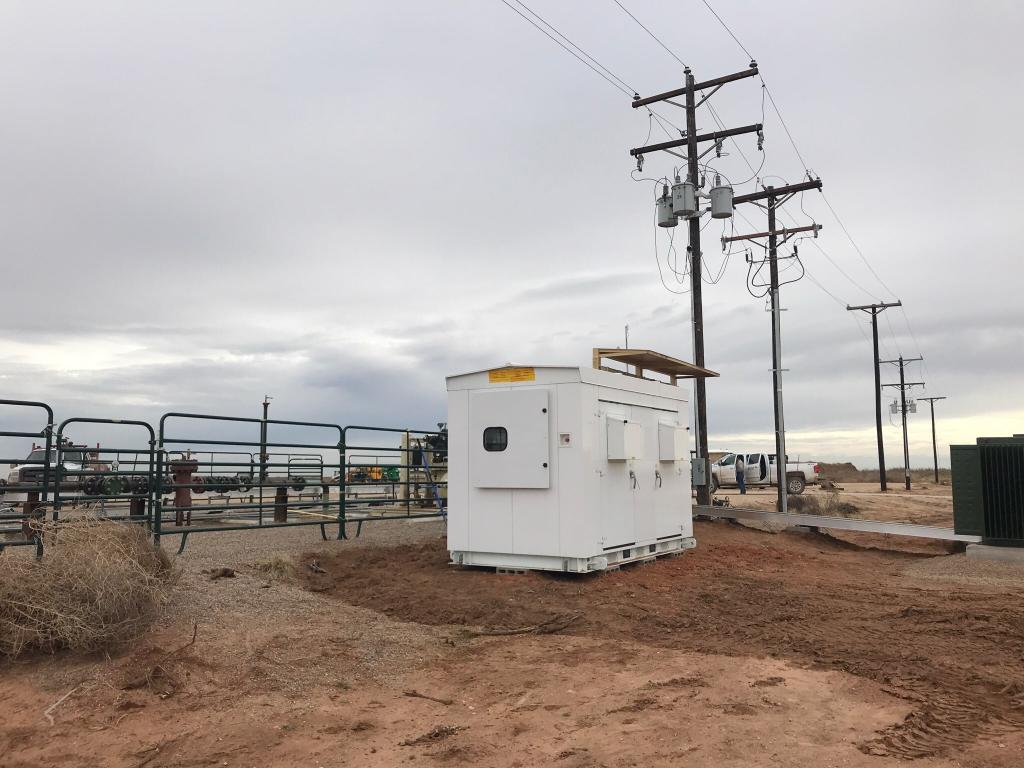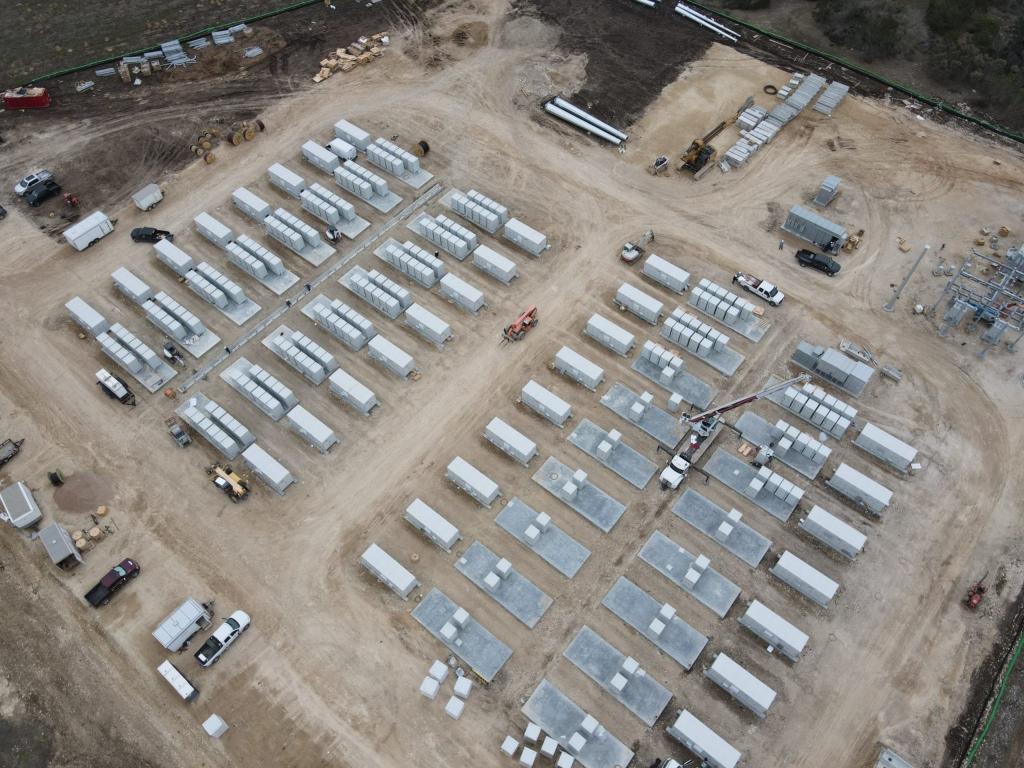1Battery Storage Software
In conclusion, a percentage ranging from 10 to 20 is linked to sales entities, project development organizations, as well as other endeavors focused on acquiring customers and commissioning (Exhibit 4).
Considering the multitude of customer segments, varying business models, and imminent changes in technology, this question holds significant importance. Here are four strategies that could potentially lead to success in the market:
The battery management system (BMS) is frequently mistaken for the EMS. The BMS is a straightforward system that serves two purposes: 1) enabling or disabling battery operation and 2) ensuring the safety of the batteries. When initiating a BESS, the EMS will instruct the BMS to activate the batteries (establish the DC bus). The BMS will execute this command only if it detects a safe condition. During operation, if the BMS detects parameters that are exceeding their acceptable range, it will prompt the EMS to decrease power output (in cases where parameters breach fault thresholds, the BMS will activate the opening of rack contactors).


